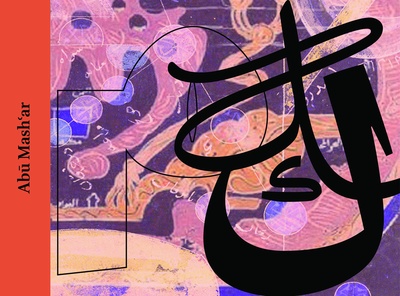
Classic Arabic Texts Online 2 is a library of classical Arabic works with a focus on the religious and rational sciences. It consists of approximately 23,000 pages of Brill editions of classical Arabic texts, including their English or French language translations whenever available. It is a sequel to Classical Arabic Texts Online 1 (CATO), focusing on geographical and historical works, and Kitāb al-Ṭabaqāt al-Kabīr Online (TBQO), containing the Brill edition of the earliest extant biographical dictionary on the life of the Prophet Muḥammad and the early generations of Muslims.
Read more